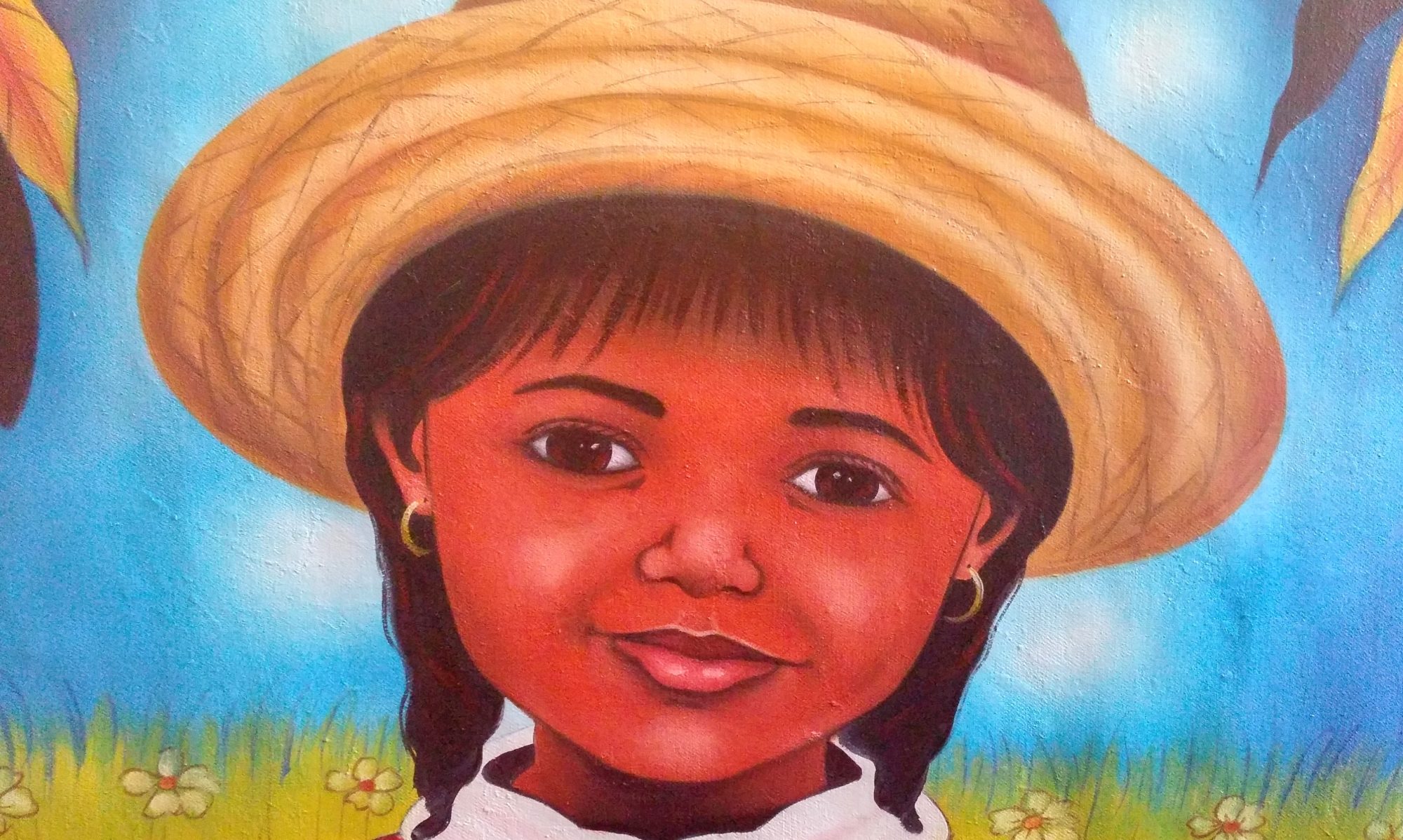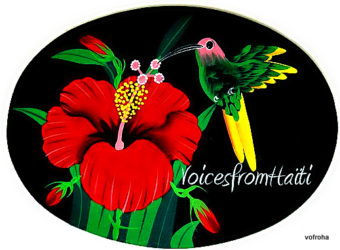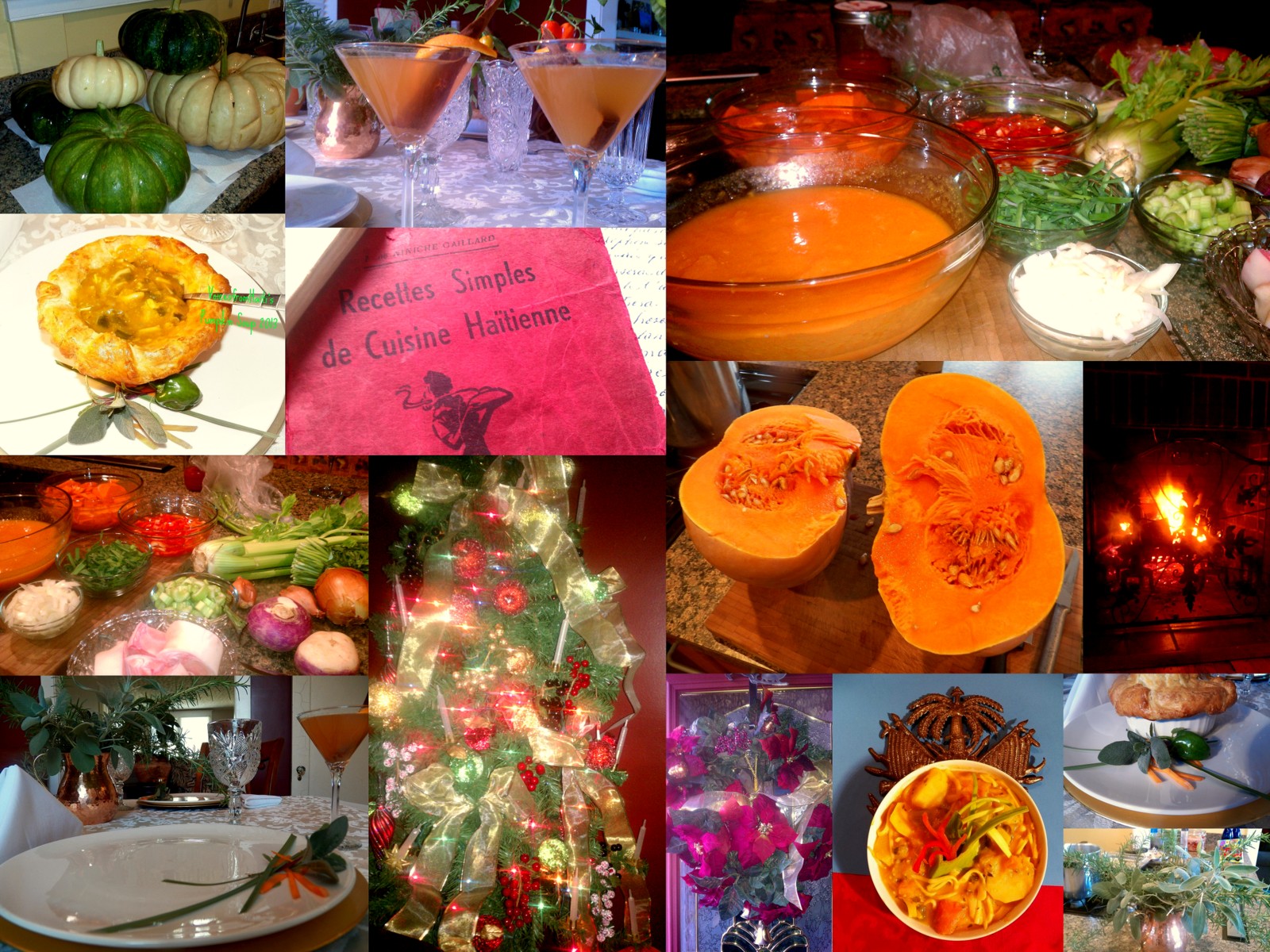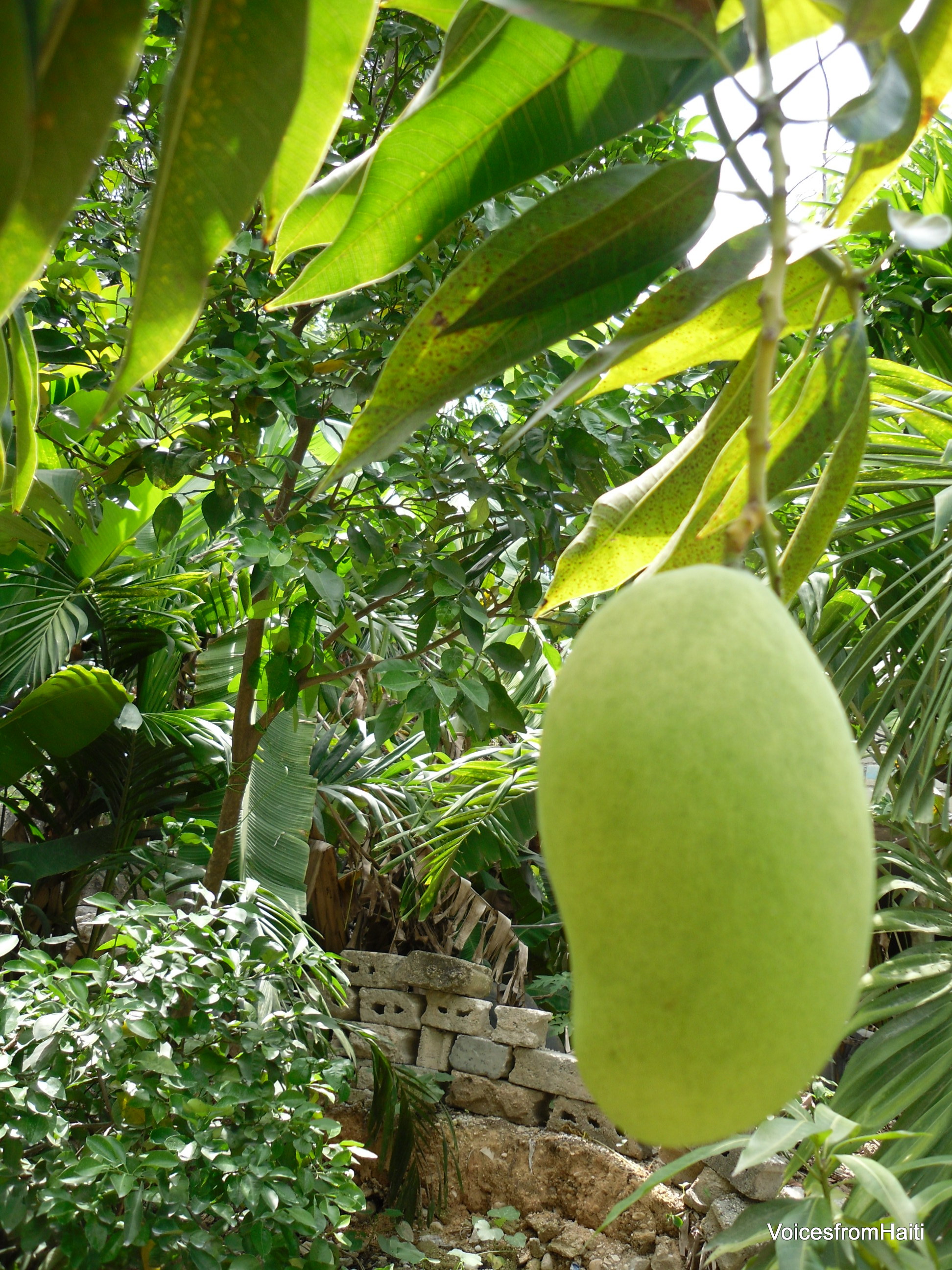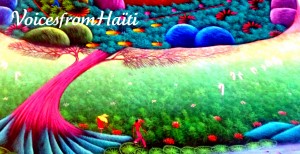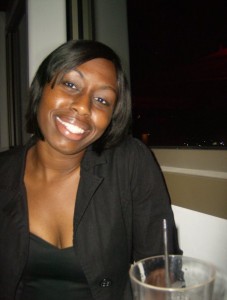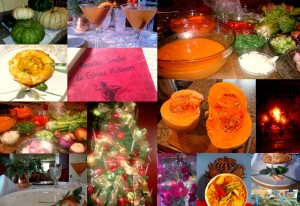 I went to the grocery store last night, in search of a particular item. The place was packed with people shopping for New Year’s parties. The lines were endless. The shelves were almost empty; people were stocking up—in case some unexpected event forced them to barricade themselves inside their homes for all of 2016. I can’t blame them; the world is full of crazy surprises nowadays.
I went to the grocery store last night, in search of a particular item. The place was packed with people shopping for New Year’s parties. The lines were endless. The shelves were almost empty; people were stocking up—in case some unexpected event forced them to barricade themselves inside their homes for all of 2016. I can’t blame them; the world is full of crazy surprises nowadays.
I decided to try my luck at a nearby 7-Eleven. I asked the cashier if they carried the item I needed. He said, “sure.”
“Fantastic!”
The guy said: “I detect an accent. You’re not from here, are you?” You know I welcome every opportunity to say “I’m from Haiti.”
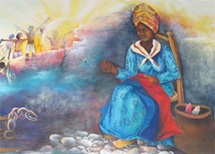
The man’s eyes widened. “Sak pase? Nap boule!” he said. Now, it was my eyes that popped open. “You speak Creole,” I asked, with the excitement of a kid on Christmas Eve.
“Of course, I do.”
“How did you learn to speak my language?” I wanted to know.
“I lived in Haiti for many years. I taught English at a school there. I was in Saint Marc.”
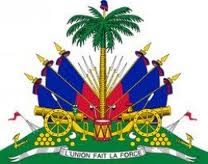 A line of shoppers formed at the checkout counter. We both looked at the people, and returned to our conversation. He needed to get back to his post. I went with him. As he worked, we talked in Creole. “I’m so happy to meet you,” he said. “I don’t have anybody to practice Creole with.”
A line of shoppers formed at the checkout counter. We both looked at the people, and returned to our conversation. He needed to get back to his post. I went with him. As he worked, we talked in Creole. “I’m so happy to meet you,” he said. “I don’t have anybody to practice Creole with.”
“Neither do I,” I wanted to say but didn’t.
“Where in Haiti are you from?” he asked.
“Petion-Ville.”
“I know Petion-Ville very well. Where in Petion-Ville?”
“I went to Anne Marie Javouhey,” I began.
“Oh yes, that’s right next to Lycee Petion.”
“Yes!”
Do you know Eglise Saint Pierre?”
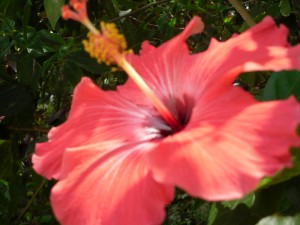 “Of course. It’s a beautiful church. I used to go to the park across the street all the time. It was peaceful there. I want to go back someday, Incha Allah.”
“Of course. It’s a beautiful church. I used to go to the park across the street all the time. It was peaceful there. I want to go back someday, Incha Allah.”
“You have an accent, too. Where are you from?”
“Ethiopia.”
“Now, that’s a place I want to visit one of these days.”
The man continued: “You will, Incha Allah. God first. Everything comes after that. People say Haiti is horrible, but that’s not true. It has a lot of problems. The government needs to figure itself out, but Haiti is a beautiful place. The people are genuine and generous. Forget about the food.”
“Ah, you ate too much griyo?”
“No griyo for me. I’m Muslim.” He reached for my hand to shake it. “My sister, you made my day.”
“Mine too.” We’re both smiling like diplomats.
“You have to come back to visit, Incha Allah. I’m here every day.”
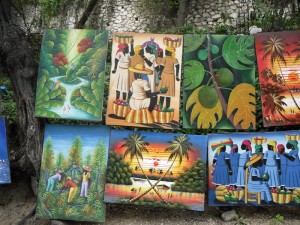 “I will.” And I was not fibbing. I had to go. We shook hands again. I walked out, thinking how wonderful it would be if all of us in this crazy world could let people believe in whatever they choose. What a world it would be, if we could just shake hands and let one another live in peace.
“I will.” And I was not fibbing. I had to go. We shook hands again. I walked out, thinking how wonderful it would be if all of us in this crazy world could let people believe in whatever they choose. What a world it would be, if we could just shake hands and let one another live in peace.
It’s amazing how our side of the island tends to bring people of all races and nationalities together. I love that about Haiti. Happy Independence Day, my dear!
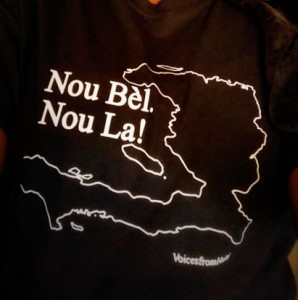
Get the T-shirt. Spread the message.
